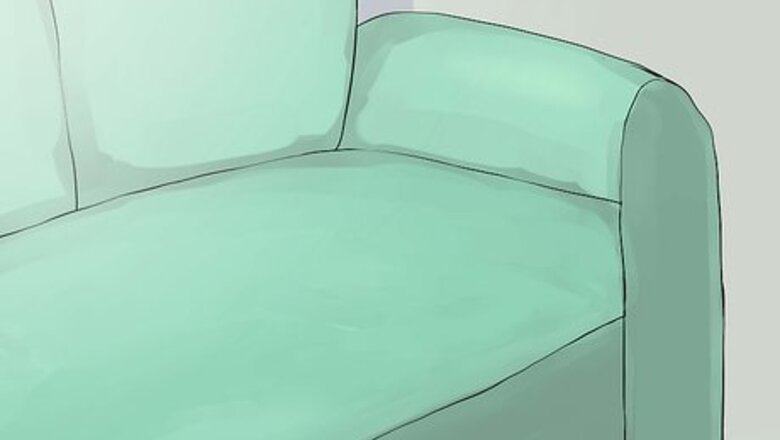
views
- If your speakers and amplifier are within 80 feet, you can use 16-gauge wire. For larger areas, use 14-gauge.
- Split the wire down the center a few inches and use scissors or a wire cutter to trim the insulation.
- Wire the speakers while the stereo is turned off to avoid damaging components.
Optimal Placement
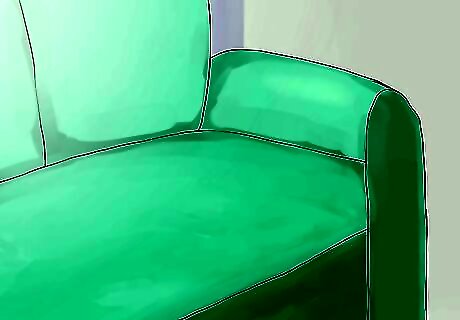
Establish a target listening area. Perhaps this is a couch, love seat or your favorite chair.
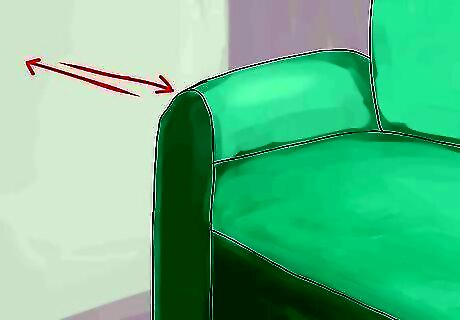
Place the target seat in a good position. The ideal placement is halfway between the two side walls and at least a couple of feet back from the exact center of the room. Avoid placing the target seat all the way up against the back wall of the room. Flat surfaces such as walls tend to shatter the sound a little before reflecting it, so you will get a better effect if you leave a buffer between the back wall and the target.

Hang some thick, rough textured fabric along the wall behind the target listening area. This will help to rectify the distortion of reflected sound.
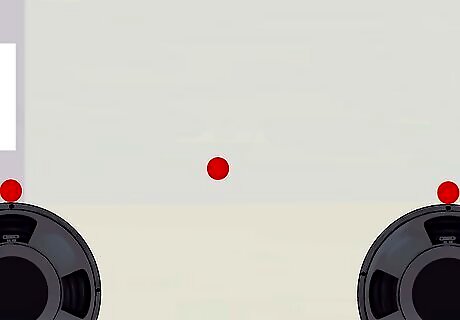
Place your speakers facing the target area at sixty degree angles. They should be at least one foot out from the back wall and at least two feet away from the side wall for optimal sound quality.
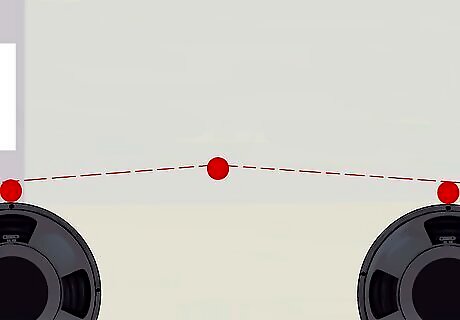
Ensure that the speakers and the target listening area are all equidistant. This means the distance should be the same between all three parts, creating a perfect equilateral triangle.
Selecting Speaker Wire
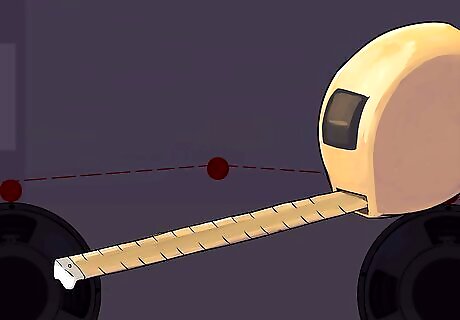
Use a tape measure or string to determine the distance from your amplifier to your speakers. This will tell you how much speaker wire will be required for the job.
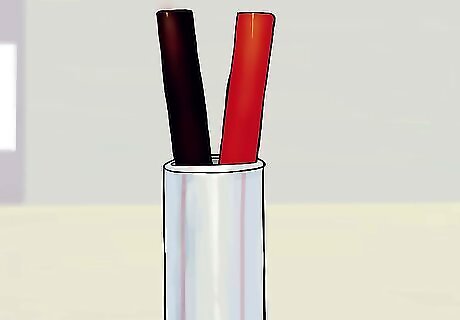
Keep in mind that if your speakers and your amplifier are in the same room, 16-gauge wire is inexpensive and will be sufficient. Longer distances require a thicker wire because of the increased risk of a power failure. For distances between 80 to 200 feet (24.4 to 61 m), you need a 14-gauge wire. Distances greater than 200 feet (61 m) require the thicker 12-gauge wire. 12-gauge wire may be used in any speaker setup, even if the distance between the amplifier and the speakers is not terribly great. Some audiophiles swear by the extra quality and durability you get for the price.

Purchase the wire that you have determined is correct for your needs. It never hurts to grab a little extra. You never know when you might need to extend the wires.
Connecting a Receiver
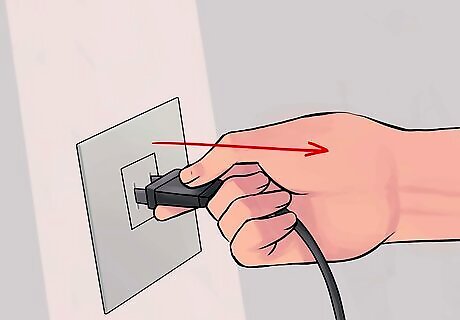
Make sure all your components are completely unplugged. No signal should be running through anything while you hook up speakers.
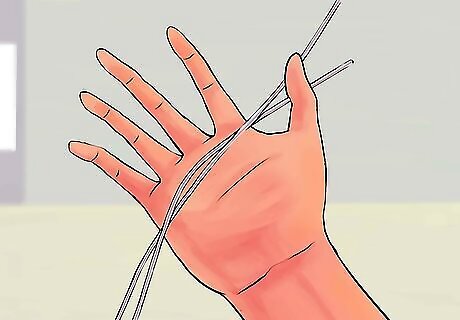
Prepare your wires for connection. Examine the wire and take note of any differences between coloring on either half. Is one half of the insulation colored red, and the other black? Is the insulation clear with subtle differences in the colors of the wire beneath? This information will be useful later.
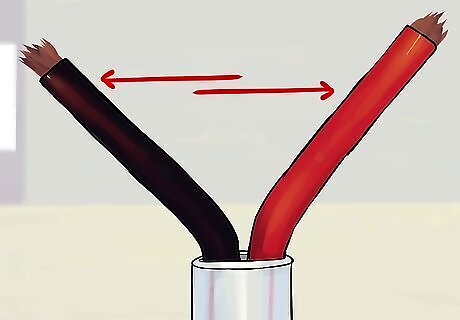
Split the wire down the center for a couple of inches. Then use wire cutters or scissors to trim away the insulation around the first inch of each wire. This should leave you with a length of exposed wire at the end of each section. Keep the ends of all the wires separated throughout this process. Bend the exposed sections away from each other in a Y shape before connecting them to anything. Make sure the metal at the end of each exposed section is twisted to a point for easy insertion.
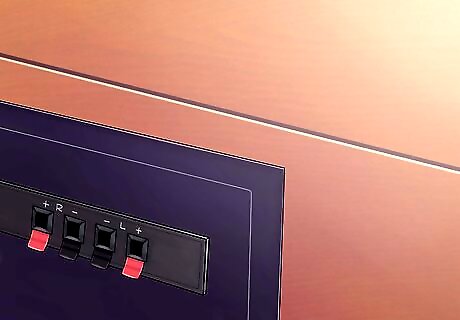
Determine how the wires are to be connected to the speakers. Some speakers come with wire sticking out of a hole in the back of the cabinet. Others have a row of little sockets for you to connect wires to. It should match a row of sockets on the back of your amplifier which looks something like this:
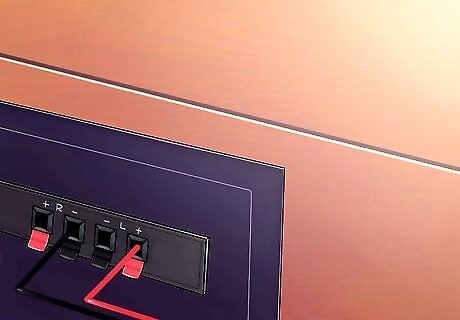
Insert the wires into the corresponding sockets. It is important to keep things consistent throughout this step on a couple of different levels. Look for "L" and "R" to indicate the left and right speakers. Be certain you are wiring the speaker on the right side of your rig to the socket labeled "R" on the back of your amplifier. Same goes for left and "L". Take advantage of the color coding on the sockets when connecting wires. This will help you to make sure the polarity (+ vs - charge) is consistent throughout your rig. It does not matter which end of the wire you use for black or red, only that you remain consistent.
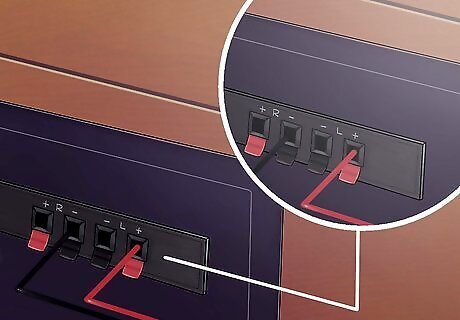
Fasten the connected wires into place. This is usually done using the colored switches somewhere along the outside of each socket. Confirm that each wire is leading from red to red and black to black. You should do this before giving power to the system. It never hurts to be extra sure since wiring inconsistencies can ruin your equipment. A fully connected rig looks like this:
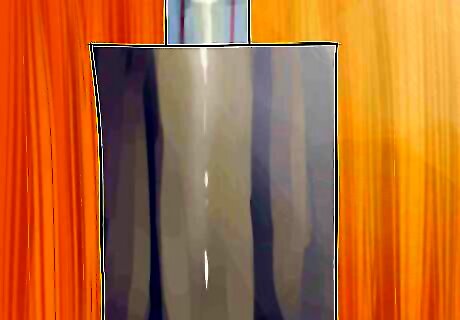
Make sure you hide the wires or tape them to the floor. This will prevent people from tripping over them and accidentally ripping the wires out of their sockets.
















Comments
0 comment